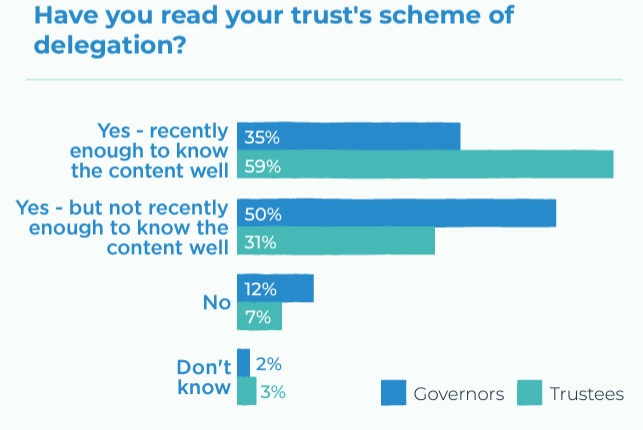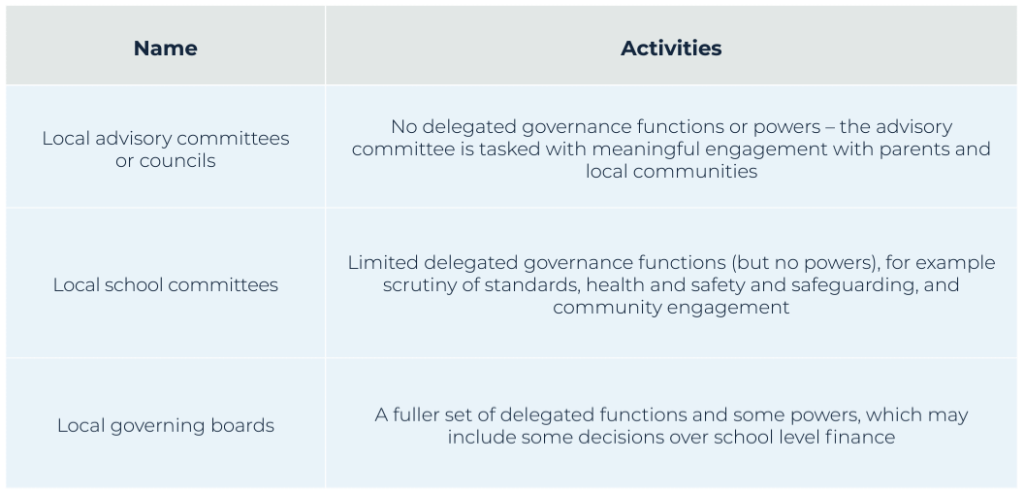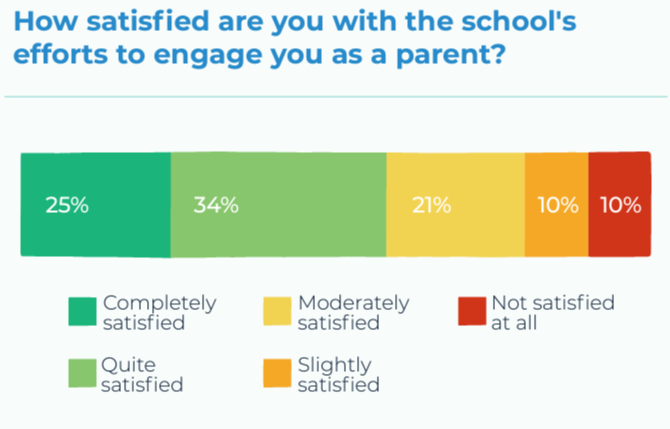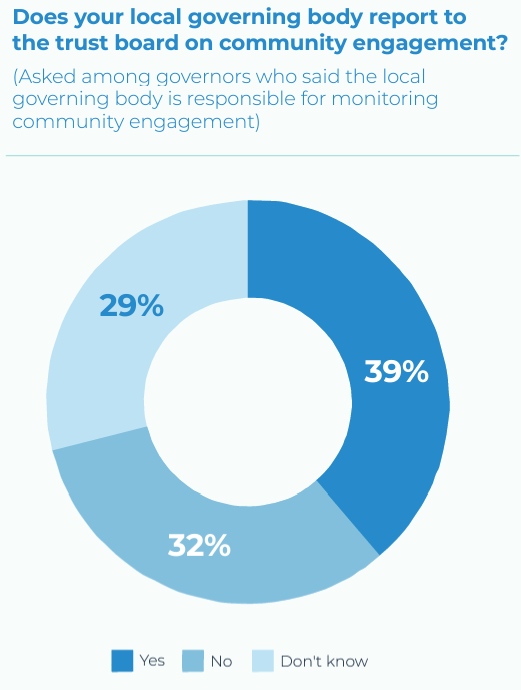29 August, 2024
Is yours a listening school?
Discover four key lessons to be shared with the sector based on the recent research from GovernourHub about governance and community engagement in multi-academy trusts.
Is yours a listening school? Governance and Community Engagement in multi-academy trusts

Written by Jo Phillips,
Marketing Manager
at GovernorHub.
Academy trusts that listen and work meaningfully with their school communities are widely considered to be fulfilling one of their key functions – strategic engagement with stakeholders.
At GovernorHub, we recently published research into how trusts are currently doing this work, the extent to which governance is being used to monitor its success, and what factors potentially influence this.
This research was conducted against a backdrop of increased focus from the Department for Education (DfE) on community engagement as an indicator of a trust’s quality.
We ran two surveys: one with local governors and one with trustees and between them, reached nearly 1,700 respondents. We also reviewed Edurio’s parental engagement data, against a few selected measures, to explore which, if any, affect parental engagement.
We landed upon four key lessons to be shared with the sector:
1. Make community engagement a priority across the trust
Our data shows that both governors and trustees value community engagement, but among those surveyed, it is not being prioritised as widely as they would like across the work of governing bodies and trusts. Competing priorities and more urgent issues appear to be the cause of this.
So while the DfE advocates ‘strategic engagement’ as a key purpose of governance in a trust and highlights the importance of engagement with stakeholders and acting in the interests of the local community, there’s a gap between what’s advocated and what seems practical at ground level, given other priorities.
Perhaps to overcome this, community engagement might be better viewed as a golden thread running through other priorities – rather than a one-off or discrete activity on its own. This might mean incorporating community engagement, in some form or other, into a trust or school’s vision or values.
2. Improve mechanisms for reporting on community engagement
The trust board is tasked with overseeing strategic relationships with stakeholders but to be truly effective it should put in place processes for this information to be gathered and shared ‘upwards’ appropriately.
It seems that using the local governing bodies is likely to be a trust’s best bet when it comes to understanding any barriers that parents might face, beyond hearing from parents themselves.

Among governors who say the local governing body is responsible for monitoring this area, less than half (39%) say their LGB reports on it to the trust board. Indeed, 2 in 5 trustees surveyed stated that they are “slightly aware” or “not at all aware” of what’s happening regarding community engagement locally.
This could be resolved by trustees formally requesting feedback/reports on community engagement from governors who are responsible for monitoring this.
If trusts also develop systems to allow subsequent actions to be shared, this could improve the flow of information between trust and local tier and give governors a better sense of how their work is making an impact.
3. Make better use of the local tier
There were a few instances where we heard from governors who did not feel that the model of governance in their trust was enabling the local community to be heard. This appears to be a missed opportunity for a trust to make full use of the local tier to support and improve community engagement – and to give governors a sense of purpose and value.
Local governing bodies are especially well-placed to take responsibility for community engagement, as their members are likely to live within the local community, giving them an understanding of the local context. Many of our survey respondents expressed a desire for community engagement to be a key objective, indicating that governors would likely welcome a more active role in this area.


There is a clear need to improve connection with parents, according to Edurio’s data, which shows a fifth (20%) of parents have low satisfaction with their school’s efforts to engage them, and a further 21% are only “moderately satisfied” (parents base size: 19,047).
4. Clear up confusion about ‘who does what’ in academy governance
We found a degree of confusion over roles and responsibilities which led us to conclude that governors and trustees need more support and training to understand the ‘who does what’ of governance in their trust – including, crucially, their own responsibilities. This could include:
- Comprehensive induction, including a strong emphasis on the scheme of delegation
- Simplifying the language and format of the scheme of delegation
- Utilising concise summaries and providing more ‘narrative’-style explanations for governors, where possible
- Ensuring that governors can see “at a glance” what falls in their remit
- Encouraging governors to read their scheme of delegation more regularly – and perhaps even quizzing them on it periodically
The various governance structures now available to trusts mean it is particularly important to clearly define responsibilities so that governors have full transparency regarding what their role entails.
Find out more about how your trust can engage meaningfully with its school communities by accessing our Trust community engagement resource hub. Read the full report here.
How Edurio worked with GovernorHub?
Edurio’s insights team reviewed the dataset, and provided with aggregated and anonymised data to guide GovernorHub’s analysis as their research partner. GovernorHub used Edurio’s 2022/23 parent survey dataset to see if the type of delegation a trust has and the geographical spread of a trust influence the levels of parental engagement.
